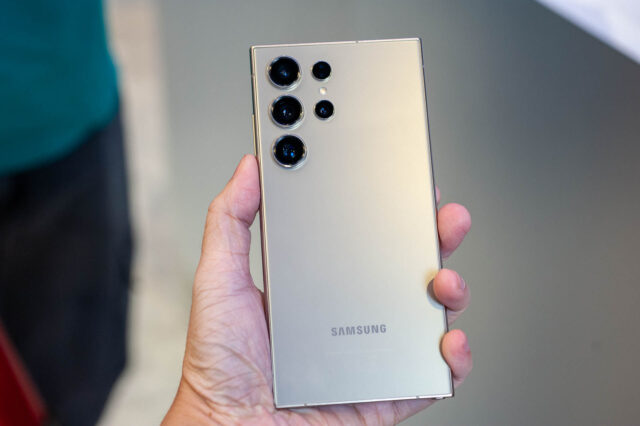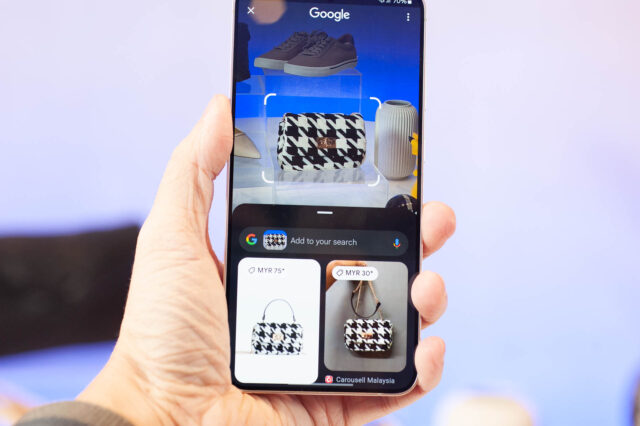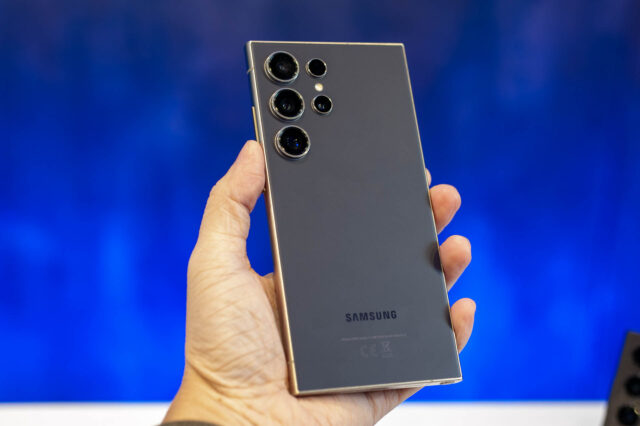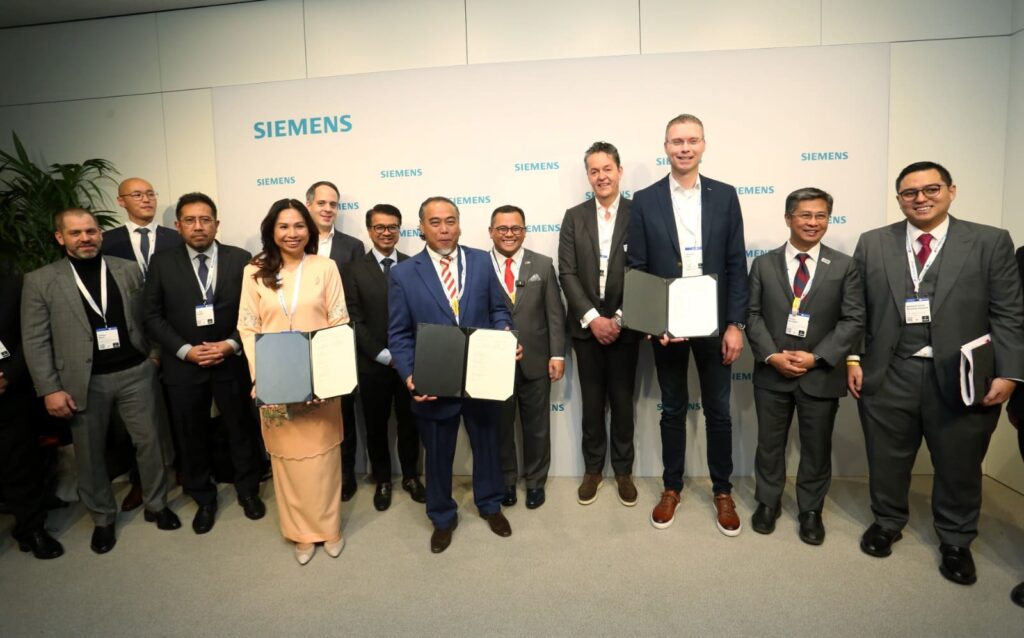Multi-Camera Phones: Is it Necessary?
7 min read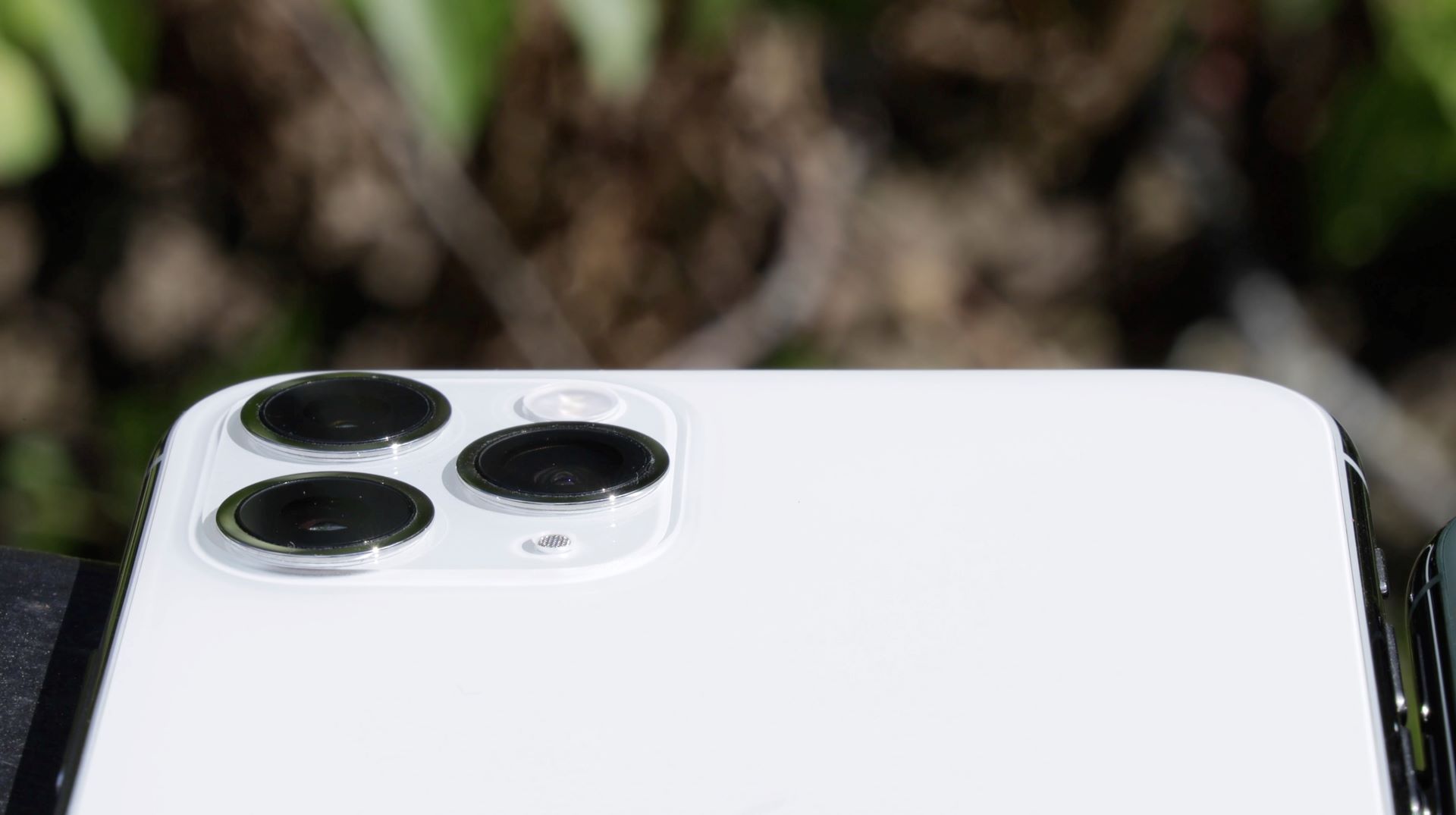
It has become a norm whenever a phone brand releases a phone they will go on to tout how many cameras they have aligned to the back of the device. As much as the industry has evolved in terms of hardware and computational photography, I still don’t quite like where this whole thing is going to, especially with the camera number wars and the ultimately, aiming to defy the law of physics – defeating a proper set of camera gears.
How it all started
Dual cameras were first introduced to the public by the Taiwanese company HTC. It was the HTC Evo 3D Android smartphone released back in 2011. I’m not sure if you still remember, there was this whole 3D hype going on back in the days where companies trying to figure out ways to capture 3D images & videos and at the same time displaying them. That, unfortunately, never really took off due to the poor user experience and impractical use case.
Then HTC made yet another attempt at the camera innovation with the release of HTC One M8 in 2014. This time it comes with a secondary camera that acts only as a depth sensor. The dawn of computational photography sees how HTC utilises the dual-camera setup to recreate the bokeh effect achievable only if you’re using larger format sensors. Despite being the first in the market, HTC would continue to struggle with each and every of their new phone releases.
This whole dual-camera hype would go off the roof with the release of Huawei P9 series in 2016. It could be due to the built-up hype train after Huawei announces their collaboration with Leica Camera AG, a prestigious German camera company on the phone camera’s development. Instead of using the secondary camera as a depth sensor, what Huawei has done is by combining the data from the RGB sensor and the monochrome sensor on the secondary camera to achieve a sharper image. The whole photography-centric marketing move from Huawei further solidify the user’s perception of smartphone photography which also ultimately seals the fate of point-and-shoot camera’s market.
Why Multi-Camera Setup?
The answer is simple – to provide a variety of shooting options no matter what kind of image you plan to create. Trying to take a large group shot or landscape? Switch to the ultra-wide camera. Trying to take a good looking portrait shot? Switch to the mid-range 50~70mm portrait lens. Trying to take a lewd moon shot? Switch to the periscope zoom lens. The concept is exactly the same as how photographers have multiple lenses in their camera bag for different occasions.
That goes without saying, changing the lens on a phone is not practical in real life. Well, even though you can technically mount those third-party over-the-top lens attachments, still, that doesn’t really change the fact that you need to bring extra lenses around and risking damaging them if being not careful enough. Besides, we haven’t even touched on how the attachment will not provide consistent picture quality. Which brings us to the solution we have currently, just slam as many cameras as we can to the back of the phone with different lens setup.
What’s Wrong? – Cheap Dual Cameras
Convenience and improved photo quality, notably the use of an ultra-wide-angle lens and portrait lens make panorama mode and digital zoom less significant. So why am I even complaining at this point? You see, the rise of dual or multi-camera trend also means that manufacturers would seek ways to introduce low-cost models to maximise their profit. The outcome? A whole bunch of entry or mid-range phone now comes with dual-camera setup! I kid you not, they would just simply slap on a secondary 2MP depth sensor and then call it a “dual-camera” phone. At the end of the day, the secondary camera will only be functional if the user utilises the fake bokeh mode in the camera.
A simple analogy would be:
- Seller A selling a low-end washing machine and it comes with a free washing board (well, useless but hey, we have free gift).
- Seller B selling a mid-range washing machine but doesn’t come with any free gift.
Guess what, consumers would rather pick the seller with a free washing board.
What makes it worst is users don’t really know about it. They thought the secondary camera is some sort of magical add-on that improves their camera’s zoom capabilities. For real. Someone actually showed me how his phone can take zoomed shots when in fact it is just a digital zoom photo which he can also do on his previous phone. Not to mention countless Facebook commenters on how two is always better than one.
What’s Wrong? – Marketing
That brings us to the second point, unethical marketing. Like what I previously mentioned, general consumers are dumb and most of the time they have no idea and not interested to know how things actually work. That makes the marketing job way easier for some companies. Downright spewing lies and forcing irrelevant specifications down the consumers’ throat to win them over. You see, the whole technology innovation has become a number war among the brands to compete who got more cameras at the back and who got the highest megapixels sensor. Don’t even get me started on the DXOMARK thing. Does it even matter if the secondary camera is just a 2MP depth sensor? Who cares just call it a dual camera, triple camera or quad camera as long as there’s a hole there.
So what have we come to? It is the worst kind of situation, dumb innovation with the further spread of false knowledge for the consumers.
What’s Wrong? – Different Sensors & Software Behaviour
What about those high-end smartphones that actually has a proper triple camera setup – standard, ultra-wide and portrait lens?
We absolutely appreciate the amount of work that goes into the actual development of the camera. Apart from iPhone who actually uses the identical sensor on all of their cameras, the Android camp has to live with different sensor configuration. Let’s take Huawei Mate30 as an example, you have 40MP sensor on the primary standard camera which is absolutely amazing even in the low light situation. Once you switch over to the ultra-wide-angle lens, meh, you’re stuck with 16MP and the low light performance takes a hit. Telephoto is a joke especially when the cropped photo from the main camera has better quality than it.
That said, the developers have developed a rather smart feature that automatically switches between using the actual zoom lens or digital zoom. So when it detects a low light situation the camera will switch from the zoom lens to digitally zoomed standard lens. I don’t know if it is called smart or redundant at this point. One thing for sure is that consumers don’t really care how things really work as long as the phone continues to spew out “artistic” photos. Yeah, just let the image processing HDR every single photo and ramp up the brightness + colour saturation, most of the time the photo will look superb to the eyes of regular folks. That means money well spent for them.
Final Words
Multi-camera system is here to stay especially when the high-end flagship smartphones are spearheading the technology advancement. As for the lower-end market, since the consumers are heavily educated from their flagship model’s marketing material, sad to say that they will have to live with whatever the company is capable of offering them.
At this point, we can safely say that we are facing the challenge of balancing between the actual technical advancement of the technology and developing an affordable yet foolproof system that pleases the consumer. You see, as a tech reviewer and software engineer myself, how technologies work excites me but on the other side of the coin, general consumers are more excited with how the technology will actually benefit their life. Even if you’re a developer who actually made major development in the application, it is still up to the actual implementation and marketing to make sure it is a success. Granted, sometimes a complex system has to be dumbed down to protect the user experience. In this case, auto-switching between the cameras to maximise the photo quality even if it is just a crop.

